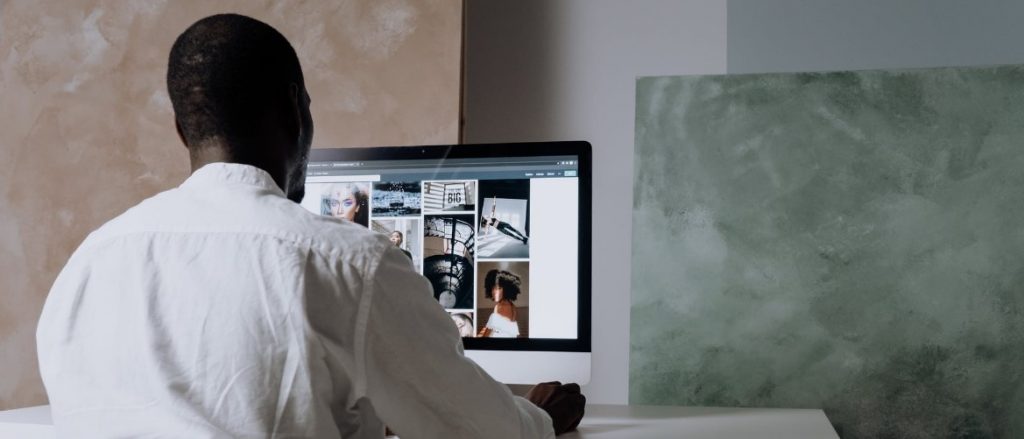Imagery and graphics
Use stock photos and pictures
Some of the eLearning courses that stand out the foremost to me are those with compelling imagery. The great news is you do not need to create all the artwork and take the pictures yourself. Sometimes there’s an in-house design team or photographer to help thereupon, but sometimes you’re on your own. That’s where stock imagery comes in. There is a vast network of stock imagery sites you’ll use to reinforce your courses. A stock imagery site gives icons, photos, and other graphics you’ll use. Some for free of charge and a few are paid services. When you’re using stock imagery there are two ways to get it. Royalty-free means you pay a licensing fee on just one occasion to use the image, and there are not any additional fees to reuse it. Rights-managed is once you, the buyer, pay a license fee to use the image, but that fee is predicated on usage. Factors can include location, sort of media, and length of your time the photo is going to be used. you’ll also prefer to buy exclusive rights and there are often restrictions that apply to support all of the above factors. That in fact may be a costlier option. With stock art, always buy the vector file so it can alter in Illustrator. This suggests you’re getting the native file and not a JPEG that you simply cannot alter later. Inspect the exercise files for more information on stock imagery sites. Method images are often utilized in eLearning is as characters. Buying a personality, either an avatar or a photograph in several positions can offer you tons of flexibility.

Characters are great for guiding a replacement learner through the course or simply to feature a touch of fun. Characters can make a more personal experience for the learner, especially beginners. Just don’t overdo it. Add characters to assist guide the learner, or add a touch fun, but not on every slide. You’ll use your little scenario with icons, as I even have done here. It creates a more interesting look than simply four buttons to settle on from and helps the learner to remain interested. Yes, a clear white slide with four buttons would work even as well, but what fun is that? Be creative. The timepiece is irrelevant here, but the artist pallet is simply right. I would like to pay homage to the good artist, and therefore the timepiece just doesn’t catch on done. it is often important to form sure all of the graphics fit the story. The pictures also can take center stage if they’re compelling and central to the message. Keep things consistent throughout your course. simply because you used those Web 2.0 buttons for years, change it up and check out something new. Of course, staying on brand, but flat design and material design are fresh ways to feature visuals to your courses. Stock artworks well with creating scenarios too. An excellent eLearning tip is to feature scenario-based learning. Real-world examples deepen the training experience. Tons of stock images accompany similar poses, so search for those when creating scenarios. As you’ll see, there are many creative ways to use stock images for online course design. Adding these to your courses can freshen them up and make them more interesting and interesting to your learners.

